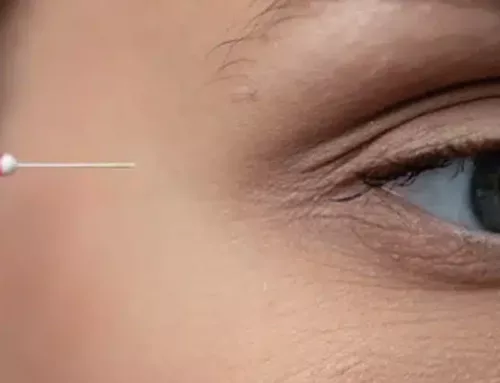How Does Laser Tattoo Removal Work
How Tattoo Removal Works
Tattoo removal uses an ultra-short pulse laser. These lasers work by emitting extremely hot blasts in short, quick bursts to heat up and break apart the ink particles. They work at an extremely fast speed some as quickly as one trillionth of a second. The speed plays a significant role in how effective the removal process will be. Ink color matters because they absorb at different wavelengths. Therefore, for the laser to break down the ink, it needs to be set to the right wavelength. Tattoos are permanent, as the ink is inserted deep into the skin by the needles, the immune system thinks of it as an intruder. Like any other injury to the skin, white blood cells will spring into action to protect the body. The white blood cells will attempt to break down the ink, though very slowly. They will also carry small parts of it to the liver, where the ink will be processed and discharged. The ink particles, however, are too large for the small cells to handle, therefore they can’t remove it in its entirety. This is what makes tattoos permanent. The laser doesn’t work alone. the white blood cells attack the ink particles. Once the laser breaks the ink down into smaller pieces, the white blood cells seize them and carry them to the liver so they can be flushed out along with other foreign objects and toxins in your body.
What to Expect During Tattoo Removal Session?
During your treatment session, you will be given protective eyewear such as googles. The medical practitioner will test your skin with the laser to determine the most effective energy to be used. The laser will pulse intense light through the top layers of your skin to reach tattoo pigment.
Should I Get Laser Tattoo Removal?
Before you decide to remove a tattoo it is important to understand all factors: You will need more than one treatment so this commitment that could take 6-10 session depending on your tattoo. It’s expensive – It will cost you multiple times the amount you paid for the tattoo. This is dependent on the color and size of the tattoo. Pick the right provider – make sure you choose a licensed medical provider who is experienced in tattoo removal. This is critical and picking the wrong person to do your treatment could result in infections or worst. It hurts – tattoo removal hurts because you are removing something that is permanent in the skin and it is a process that takes multiple sessions.
Who is a Good Candidate?
People with all skin types and tattoos that have dark ink at the superficial depth are the best candidates for this procedure. The fair-skinned people give the best results for laser tattoo removal as they selectively target the ink. Better looking results are achieved where the tattoo has a good circulation on the buttocks, chest, and arm. The removal of tattoos in the dark areas of the skin is also possible although there are specific light wavelengths used to minimize the complication chances.

How Many Laser Tattoo Session Will I Need?
It all depends on the size and the color of the tattoo. Typically, it takes 6 to 8 sessions to completely remove a tattoo. A larger tattoo will take additional sessions. The skin needs time to heal, treatments are spaced 6-8 weeks apart. Tattoos further away from the heart such as legs take longer to heal because of reduced circulation in those extremities.
Can You Remove Tattoos from All Skin Tones?
With most lasers, darker skin tones are harder to treat because too much energy can be absorbed into the skin rather than the targeted ink particles. The darker the skin the lower the energy that needs to be used. The laser will remove all pigment even your natural pigment. For this reason, we need to reduce the power of the laser to make sure the client does not experience post-inflammatory hypopigmentation.
What are the Risks and Complications of Tattoo Removal?
As with any procedure, there may be some risks and complication such as:
- Redness
- Flaking
- Itching
- Stinging
- Blistering
Does Tattoo Removal Leave Scars?
Scarring is rare but can happen. The most common reason for scarring is not what happens during the treatment, but the aftercare. To decrease chances of scarring
- Don’t’ smoke
- Stay out of the sun
- Let it heal, do not disturb the scabbing process
Laser Tattoo Removal Aftermath
Immediately after the session is finished, you should expect to see redness around the area where the lasers worked. In general, this should only last for a few hours after your treatment. Eventually, the area around the tattoo will actually turn a whitish color. You may also experience a continued bit of redness, in addition to mild swelling. This is all normal. If you experience any severe symptoms, you should get it checked by a professional. In the weeks following treatment, you will most likely notice peeling or flaking of the skin. Scabs are also very normal—these are all part of the healing process and shouldn’t be cause for concern. While the skin is healing, it is crucial to take care of it as advised by the physician. There should be no sun exposure or pool activities.







